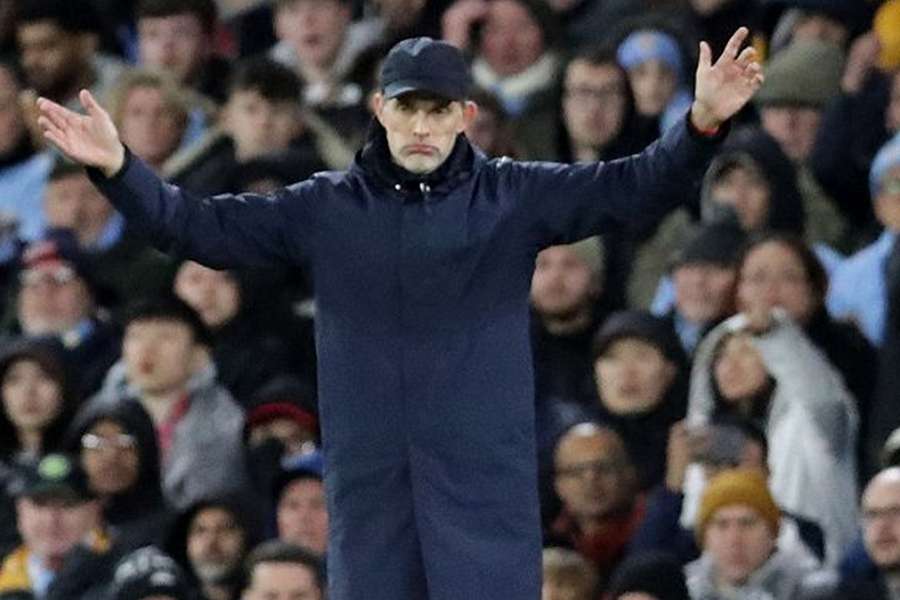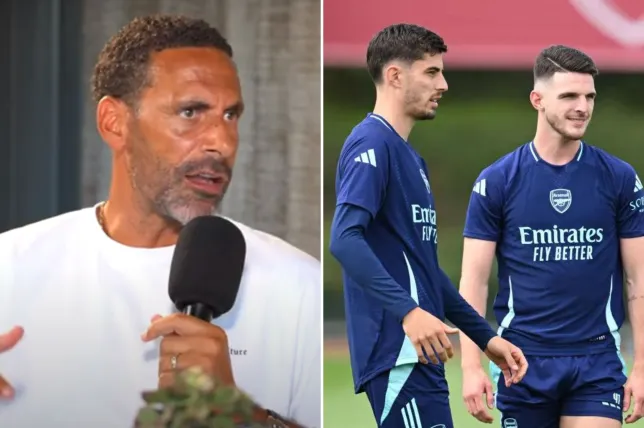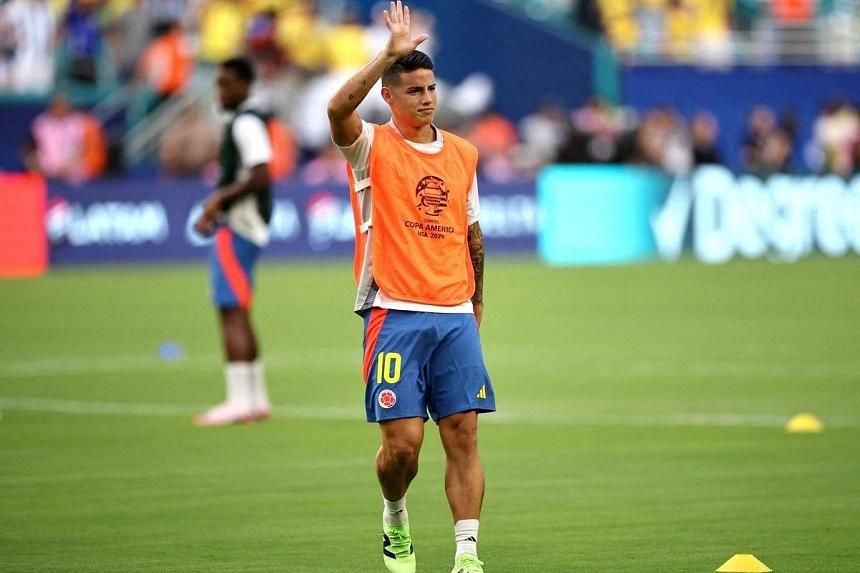Suspension rules for players during games

Suspension rules for players during games
In various competitive sports competitions, timeouts are a very important tactical means. Different ball games have different suspension rules, which are designed to ensure the fairness and smooth conduct of the game.
Let's take a look at the time-out rules in basketball games. According to the rules of the game, each team has 5 long timeouts and 2 short timeouts during the game. The long timeout is 100 seconds long and can be used for tactical layout, lineup adjustment and rest players. The short pause lasts for 20 seconds and is usually used for tactical adjustments in emergency situations. Coaches can apply for suspensions at any time, but each team can only apply for 3 long suspensions per game, and short suspensions are not counted as the number of suspensions.
Suspension rules in football games are also very important. In football matches regulated by the International Football League, each team has three opportunities to apply for a suspension. Each timeout lasts from 1 to 3 minutes and is used to rest the team, adjust tactics and allow injured players to be treated. However, if both teams request a timeout at the same time, only one team can be allowed to use the timeout. At the same time, the referee can also decide whether to grant additional pause time based on the situation of the game.
Next is the suspension rule in volleyball matches. Each team has 6 opportunities to apply for a timeout during the game, and each timeout is 30 seconds long. Timeouts are mainly used for tactical adjustments, allowing players to rest and relieving game pressure. Unlike basketball and football, volleyball suspensions can be applied arbitrarily during the game, but they must be applied before or immediately after the change in the right to play.
Whether it is basketball, football or volleyball, the purpose of the suspension is to ensure the fairness and competitiveness of the game. Coaches can use the suspension rule to make tactical adjustments and provide reasonable breaks for the team, while referees also need to flexibly use the suspension rule according to the game situation. Only with good timeout regulations can players better demonstrate their strength and skills and make the game more exciting and orderly.
RELATED STORIES
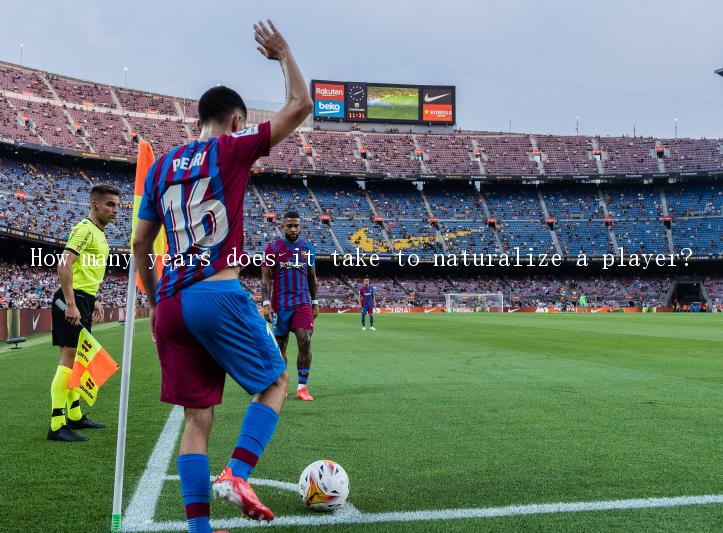

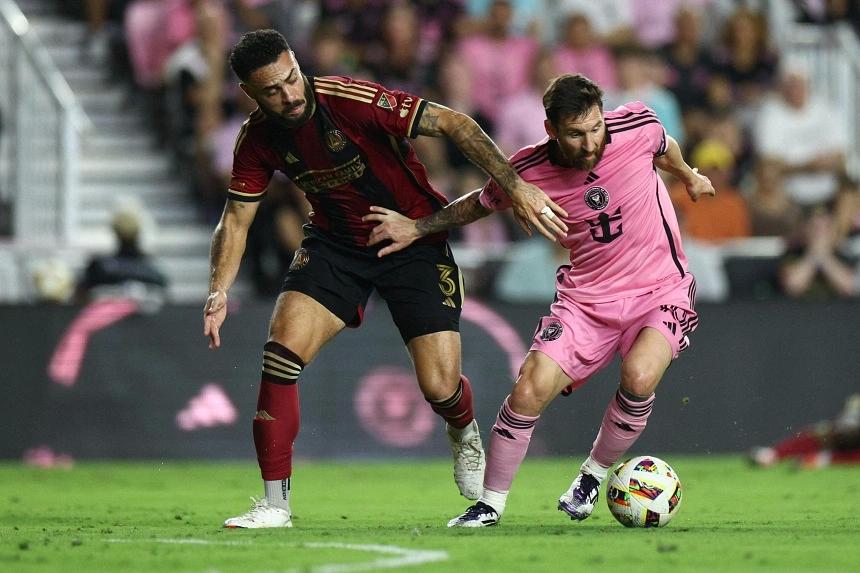



LATEST NEWS
